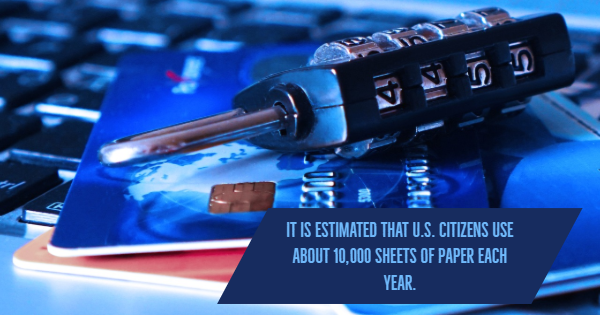
The Peripheral Device: RFID Scanners
A peripheral device is any piece of equipment that attaches to and serves as an extension of a computer. They assist people in utilizing the functions of a computer system. There are three different kinds of peripheral devices: input, output, and I/O.
- Input: An example of a peripheral input device is a keyboard, a mouse, or a scanner. It is any device that sends information into a computer. The devices themselves modify what the computer is told to do.
- Output: Examples of peripheral output devices are monitors, speakers, and printers. They display the information the computer is generating.
- I/O: I/O stands for “input/output” device and it functions as both. Examples of such devices are CDs and flash drives. They send information to the computer and also take information to share with others.
One of the most commonly used devices is the peripheral scanner. A peripheral scanner has several different uses; one is functioning as an image scanner or industrial document scanner to import important papers into a computer filing system. Considering it is estimated that U.S. citizens use about 10,000 sheets of paper each year, this device is incredibly useful. It helps organize information while reducing office paper waste. Another way peripheral scanners are used is in combination with RFID technology.
RFID Technology
RFID stands for “radio frequency identification.” RFID scanners are peripheral scanners that can serve as an ID reader, barcode reader, license scanner, or even a lotto ticket scanner. RFID scanners read data through a tag and relay the information to the computer.
Active Tags vs. Passive Tags
An RFID scanner can function with an active or a passive tag. The tag is what the RFID scanner reads and it communicates its information with the scanner.
- Active Tag: Active tags are commonly used to track large assets. They have their own power source and battery to function in one of two ways. Transponders wake up and respond when they receive a signal while beacons send out regular intervals of signals.
- Passive Tag: Passive tags work by having the reader send a signal to the tag through the reader’s antenna. Once the signal is received, the tag reflects the information back to the reader. Passive tags are used on consumer goods.
Different RFID Scanner Frequencies
RFID scanners can function on different frequencies (low, high, or ultra-high) depending on what they are used for. The lower the frequency, the less read range the scanner has. The data accumulation is also slower.
- Low Frequency: (30-300 KHz) These scanners have a short read range (10cm) and are often used for access control or livestock tracking.
- High Frequency: (3-30 KHz) These scanners have a longer read range (10 cm to 1 m) and are often used for electronic ticketing, smart cards, and hotel keys.
- Ultra-High Frequency: (300 KHz to 3 GHz) These scanners have a long read range (12 m), but are sensitive to interference. They are best used when large quantities of tags are used such as with pharmaceutical identification and retail inventory purposes.
No matter what frequency is used, the RFID scanner collects the information and sends it to its own computer. In a retail setting, the computer holds the inventory and the scanner can relay what inventory is actually on the shelf as items are scanned by the employee. The scanner makes tracking merchandise more efficient and less time consuming. RFID scanners have become a peripheral device many companies and businesses rely on to accurately track their goods.
